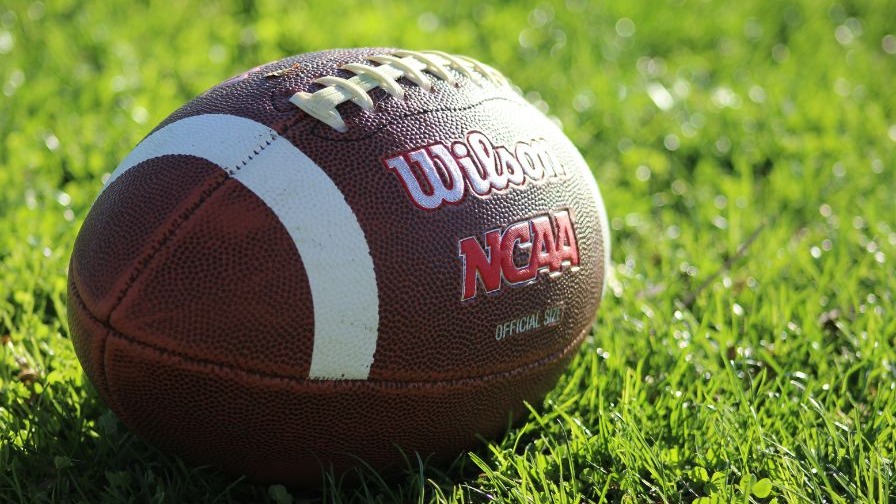
Understanding the Impact of Player Transfers on College Football
The recent declaration by Arkansas head coach Sam Pittman about Madden Imaleava's departure sheds light on the complex dynamics of college football, particularly regarding player transfers. The transfer portal has made it easier for athletes to move between teams, leaving coaching staff to adapt quickly. Pittman's acknowledgment of Imaleava’s decision illustrates how college football has evolved, turning player movement into a strategic element of team management.
In Sam Pittman Speaks On Madden Imaleava Situation, the discussion covers the intricate landscape of college football transfers, prompting a deeper analysis of its implications.
The Excitement of New Additions
Pittman expressed enthusiasm about the fresh talent brought in from the portal. Signing players like quarterback Trevor Jackson and safety Smalls highlights a savvy approach to not only replace lost talent but also enhance team depth. The recruitment process, influenced by the short window after a player's transfer, requires agility from coaches in identifying suitable talent that fits their system.
The Future of College Athletics Post-Portal
As Imaleava's situation unfolds, it raises questions about the future structure of college athletics and how player autonomy might continue to reshape team rosters. With the risks of losing key players before or after spring ball, teams must be prepared to act swiftly, balancing the development of existing players with the infusion of new recruits. Pittman's candid remarks about the timing and frequency of the transfer portal signal a broader recognition of these ongoing changes in college football.
The Emotional Toll on Coaches and Players
While players are now empowered to seek better opportunities, coaches like Pittman face unique challenges as they strive to build a cohesive team. The emotional aspect of losing players impacts recruitment—coaches must continuously reassure remaining players about their roles, striving to maintain morale and team unity amid uncertainty.
Conclusion: Embracing Change in College Football
Sam Pittman’s reflections on the Madden Imaleava situation highlight the adaptability required in modern college football. The balancing act of retaining key players while bringing in fresh talent is no small feat, but it’s becoming essential for success in a rapidly changing landscape. Coaches and fans alike must adapt to this new normal, where the fluidity of team rosters can lead to both opportunities and challenges.
 Add Row
Add Row  Add Element
Add Element 


 Add Row
Add Row  Add
Add 


Write A Comment